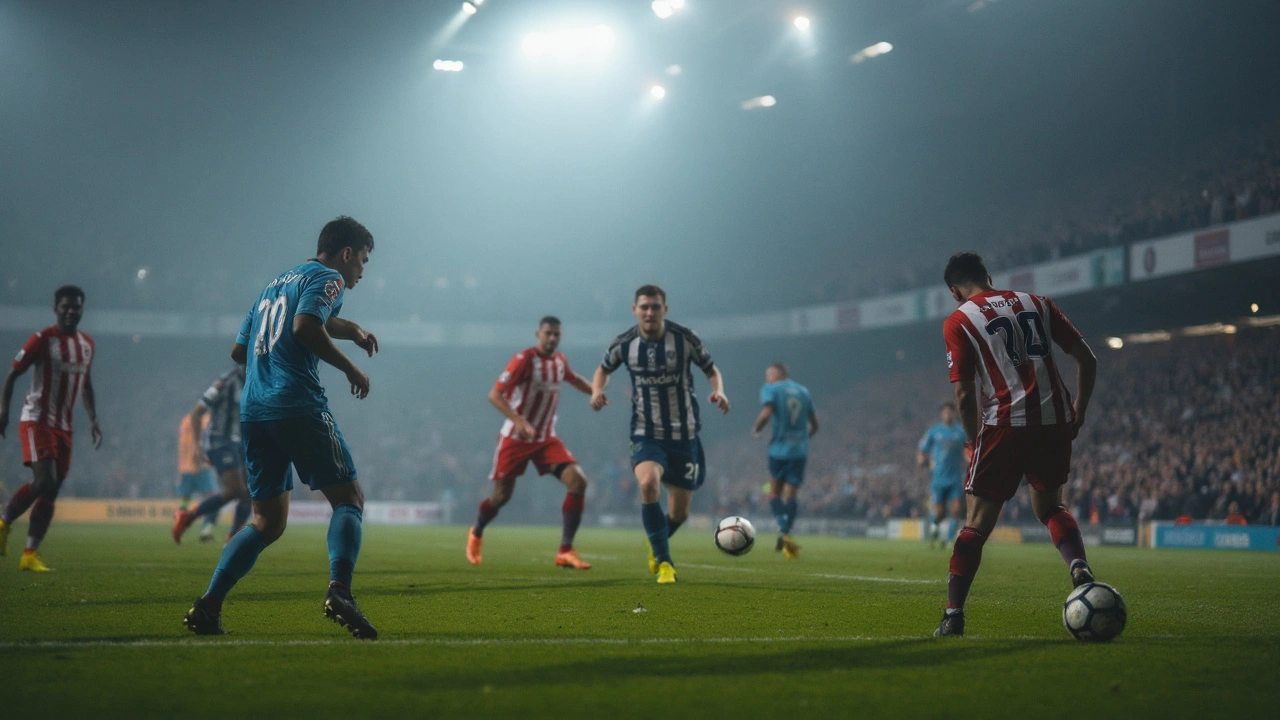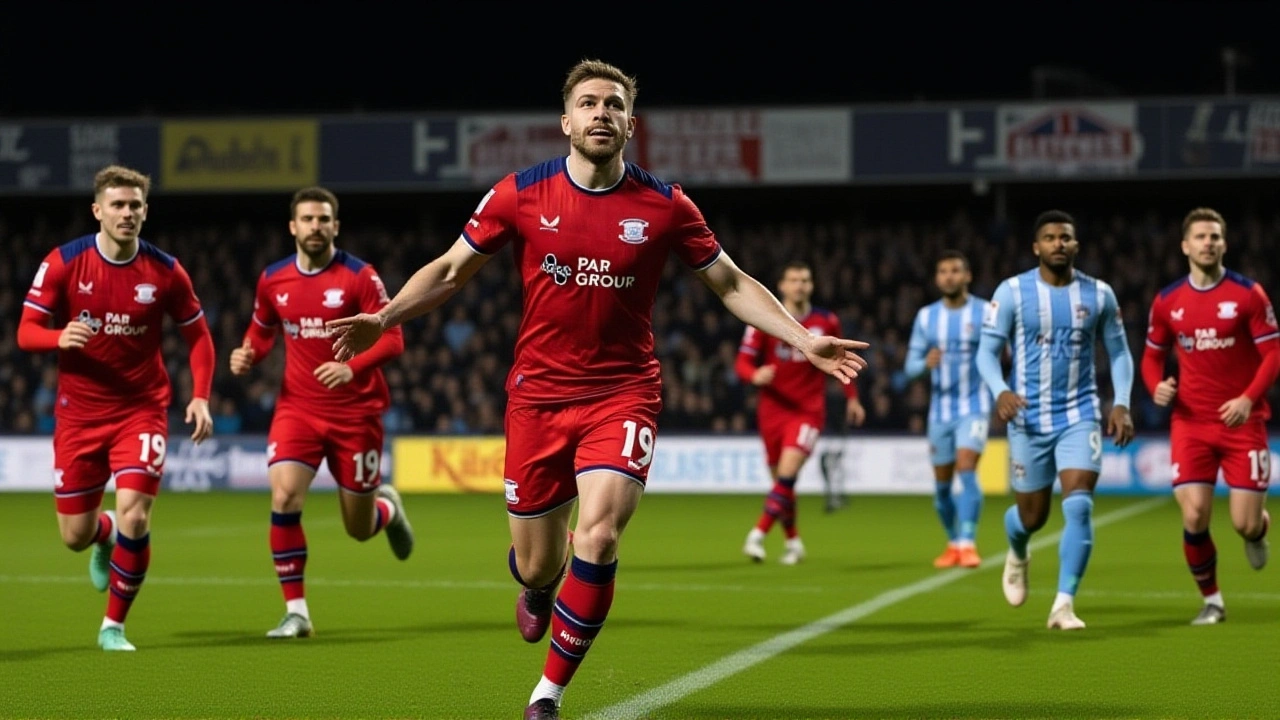Goal-line technology: what it is and why it matters
Ever watched a goal and wondered if it fully crossed the line? That’s exactly where goal-line technology (GLT) steps in. It tells referees — in a blink — whether the ball crossed the goal line. No debate, no delay, just a clear yes or no sent directly to the referee’s watch.
How goal-line tech works
There are two main systems you’ll hear about: camera-based and magnetic. Camera systems, like Hawk-Eye, use several high-speed cameras around the stadium to track the ball in 3D. The software calculates the ball’s exact position and sends an instant signal if it fully crosses the line. Magnetic systems, like GoalRef, embed coils or sensors in the goal frame and use a magnetic field to detect the ball crossing the line. Both aim for the same thing — instant, reliable decisions — but they use different tech to do it.
Speed matters. GLT reports usually reach the referee in under a second. Accuracy matters too: these systems are precise to a few millimetres, so they catch even the tightest calls. Because the decision is automatic, the referee doesn’t need to run to the TV or wait for a VAR call for simple goal/no-goal checks.
Where it's used and how it fits with VAR
Major leagues and international tournaments use GLT. You’ll see it in many top competitions because it’s reliable and fast. But installing the gear — lots of cameras or coils and calibration — costs money, so smaller clubs and lower leagues often don’t have it.
How does it work with VAR? GLT only answers one question: did the whole ball cross the goal line? VAR covers other issues like offside, fouls, or handball on the build-up. So GLT handles the clear-cut goal calls and VAR handles the rest. That split keeps decisions cleaner and reduces stoppages for simple goal checks.
Are there downsides? A few. Costs and setup are the main limits. Also, GLT won’t help with whether a player was offside before scoring or whether a foul happened during the play — those still need VAR or on-field calls. Rare technical glitches can happen, but they’re uncommon and systems are heavily tested before matches.
If you care about fair outcomes, GLT is a big win. It removes the most obvious source of scoring controversy and speeds up decisions. For fans, that means less shouting at the referee and more confidence that the right call was made. Curious how your league handles it? Check your competition rules or match reports — they usually say whether GLT is in use.
Have a match moment you still can’t believe? Tell us which split-second call made you question everything — we’d love to hear which games you think GLT would’ve changed.



